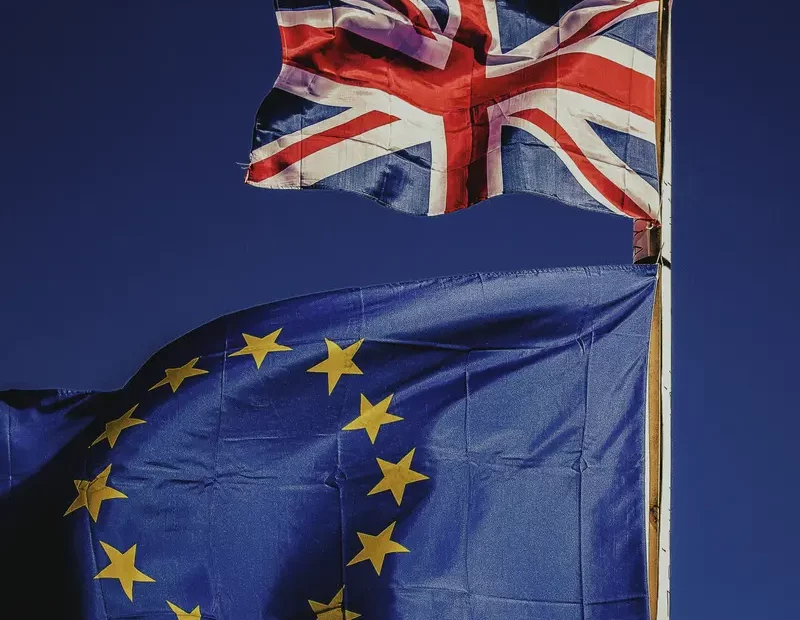Authors: Heather Carey, Rebecca Florisson, Professor Dave O’Brien, Dr Neil Lee
It was recently suggested that the pandemic poses ‘the biggest threat to the UK’s cultural infrastructure, institutions and workforce in a generation’ in an inquiry from the Department of Culture, Media and Sport (DCMS) Select Committee into the impact of COVID-19. Safeguarding the sustainability of the sector and restoring its position as one of the UK economy’s greatest success stories is a critical priority. But while current focus is offering much needed aid to the sector and unlocking its potential to support the wider recovery, it is important too to consider how we can rebuild the Creative Industries and creative occupations for the better – in a way that benefits more people and places across the UK.
Prior to the pandemic, there were growing concerns that the opportunities created in this vibrant part of the economy were ‘out of reach’ for many. This paper represents the first phase of the PEC’s Policy Review Series on Class in the Creative Industries.
Echoing wider research, we find widespread and persistent class imbalances. Those from privileged backgrounds are more than twice as likely to land a job in a creative occupation. They dominate key creative roles in the sector, shaping what goes on stage, page and screen. They are also more likely to experience greater autonomy and control over their work, to have supervisory responsibility and to progress into managerial positions.
We also find that class interacts with other factors – such as gender, ethnicity, disability and skill levels – to create ‘double disadvantage’. The intersection of class and skills has a particularly pronounced impact on the likelihood of landing a creative job, where those from a privileged background who are qualified to degree-level or above are 5.5 times as likely to secure a creative role than those of working-class background who are only skilled to GCSE-level.
Despite growing awareness of the issue and action by business, Government and industry stakeholders to promote greater inclusion, the likelihood of someone from a working-class background finding work in a creative occupation has remained largely unchanged since 2014.
This raises the important question of how we can evolve and enhance the current approach so as to: shift the dial on diversity in a significant and sustained way; build a genuinely open and inclusive creative economy that creates opportunities for all; that maximises talent; and enables all workers to thrive, irrespective of their socio-economic background.
Read the summary with five key facts about class in the creative industries, the full report, and the blog from Heather Carey, one of the report’s authors.
Please reference this paper as:
Carey, H., Florisson, R., O’Brien, D. and Lee, N. (2020) Getting in and getting on: Class, participation and job quality in the UK’s creative industries. Multiple: Creative Industries Policy and Evidence Centre, University of Edinburgh and Work Advance. Available from: https://pec.ac.uk/research-reports/getting-in-and-getting-on-class-participation-and-job-quality-in-the-uks-creative-industries
Published 27th August 2020
This research report is published by the Creative Industries Policy and Evidence Centre (PEC). All PEC research reports have been peer reviewed prior to publication. In keeping with normal academic practice, responsibility for the views expressed in this research, and the interpretation of any evidence presented, lies with the authors. These views and interpretations do not necessarily represent those of the PEC or its partner organisations.
Related Research Reports
The impact of overseas mergers and acquisitions on UK video games industry
A new scoping study on the economic consequences and potential market failures The BFI’s Resear…
Post-Brexit migration and accessing foreign talent in the Creative Industries
The UK’s departure from the EU has changed the way that British firms trade and work with Euro…
12 facts about the UK’s international trade in creative goods and services
Worldwide exports of creative goods exceeded 500 billion USD in 2015, with a 150% increase since 200…
The migrant and skills needs of creative businesses in the UK
This report details the results of a survey of employers commissioned by the Creative Industries Cou…




